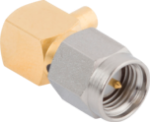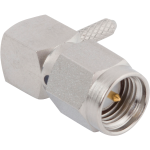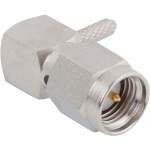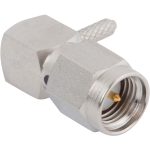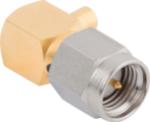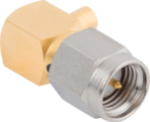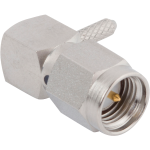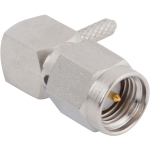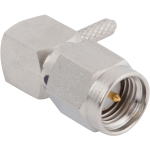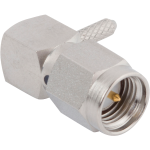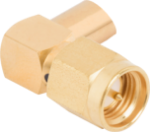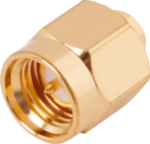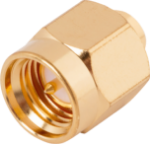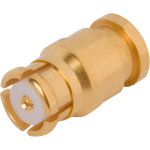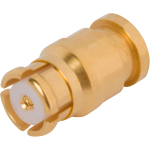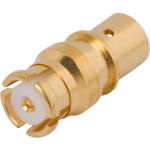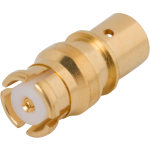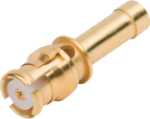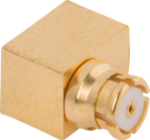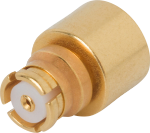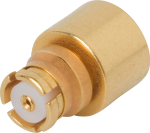Cable
SV Microwave offers a comprehensive range of cable connectors designed for optimal RF performance. SV’s cable connectors are designed to work with a wide array of both flexible and custom semi-rigid cable types, both inside and out of the box.
Cable Type
SV Microwave offers connectors compatible with a wide range of cable types. Selecting the right cable for your application is crucial when choosing connectors. Below are some of our most popular options, though we also provide various other cable types and custom solutions as needed.
Ø.047: Ø.047" is the smallest cable that we offer on our website; while it is capable of the highest frequency and is the most flexible, it does have the highest insertion loss. Superflex Ø.047" RF Cable Assemblies, are offered as well, with a stranded center conductor and different jacket material for increased flexibility.
Ø.085: Ø.085” is the most common cable size for which we have connectors. This is a good general-purpose cable that is moderately flexible and has a moderate amount of insertion loss. We also offer a Ø.087 Low Loss variant, which has a lower insertion loss than the standard Ø.085.
Ø.141: Ø.141” is a larger cable that is not very flexible but has a significantly lower insertion loss than the above cables. This size cable is suitable for long runs and high-power applications.
Mounting Type
38999: We have many high-frequency contacts for 38999 circular connectors, such as Micro38999 2M, Series 80 circular connectors, SOSA aligned Pin and Socket D38999 Contacts, and D38999 Series I-IV.
Panel: SV Microwave has conventional panel connectors that either utilize a single nut that goes over the connector and locks it to the panel or a both-hole pattern and screws. Snap-in panel connectors with a heat-treated ring outside the body that can conveniently snap to the panel are also offered.
Termination Style
Solder: Solder provides a robust and durable connection. It is ideal for rugged environments and heavy use and also works for higher-frequency signal transmission.
Crimp: Crimp is a cost-efficient option often used in lower-frequency applications or large-diameter terminations. It is not as smooth as a solder transmission. However, Crimp may be preferable in heat applications where solder melting is a concern.
Coupling
Threaded: Threaded coupling features a twist coupling nut. This coupling style offers a more robust connection, is more suitable for harsh environments and high-vibration applications, and provides a higher frequency connection due to its ability to maintain stability.
Push-On: Push-on or blind-mate coupling is suitable for multiport applications and frequent mating cycles. However, insertion loss may be a concern in applications where the mating could be disturbed.







